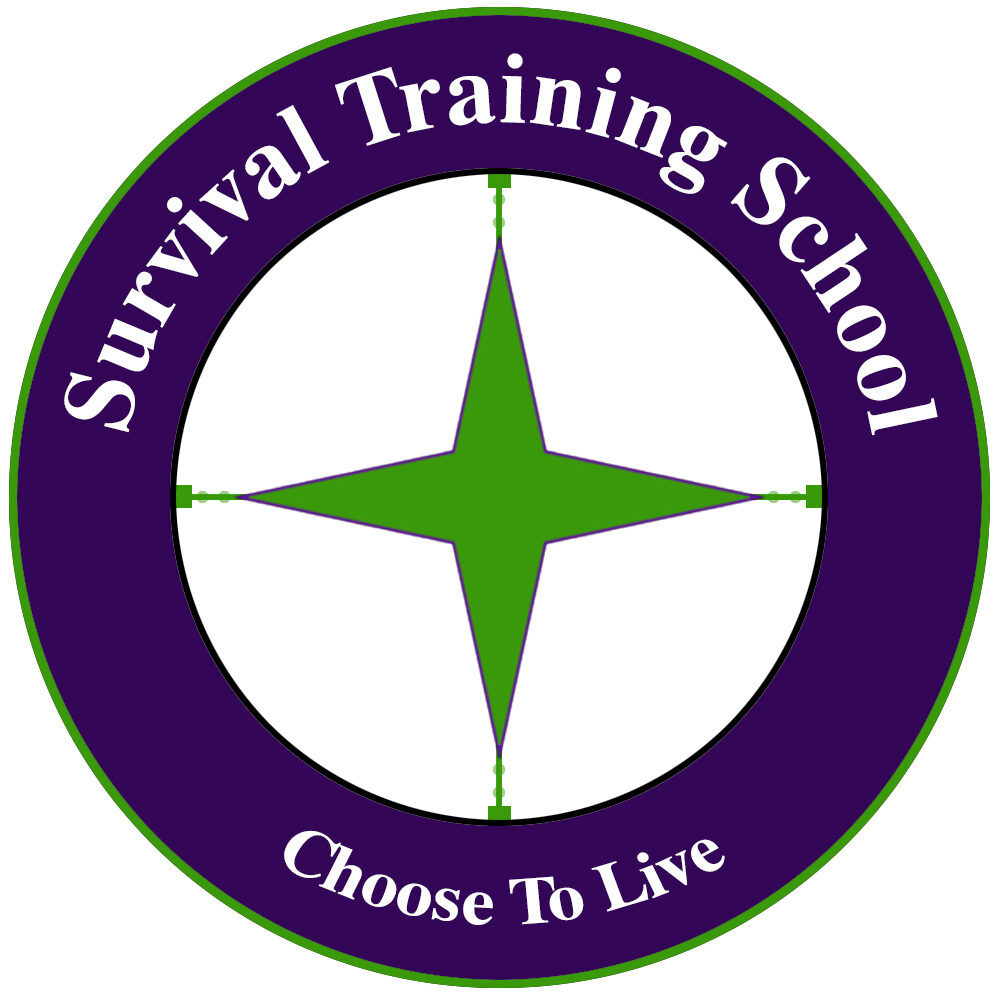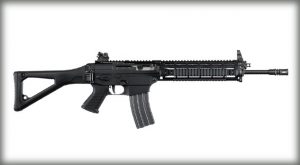The Black Rifle and Situational Awareness
The purpose of this short article is to ensure you contemplate what you’re doing with a black rifle. Let’s begin with situational awareness. Many people discuss situational awareness and its meaning. Simply stated, situational awareness is knowing what is going on around you. From a more detailed analysis however, it is recognizing temporal (time) and spatial (space surrounding you) elements and how they coalesce or join into an immediate system of events that is dynamic and fluid. You must be able to identify threats, mitigate them, and process potential critical elements in a split second. In short, you must be able to envision all elements around you, how they are changing, and what type of threat this will bring.
This brings me to question you. Why do you have a black rifle and do you know how to use it? I’ve been teaching shooting and hand-to-hand combat skills for over 30 years. Most of what I see in magazines and in rings such as the UFC demonstrate the lack of skills many of these individuals have and more importantly, will get you dead quick. As my former instructor, Mr. Edmund K. Parker said, “He who hesitates, meditates, in a horizontal position!” You must build your skills to such a level that you do not hesitate. In the end, guts will take over when knowledge and skills end. This comes from the perspective of having a 9th degree black belt, former military experience, and years of shooting experience, including with the U.S. Army Rifle Team. How do we get to that point? First, you must understand three primary preparatory considerations. These are: (1) acceptance (accept the fact that danger can and will happen to you); (2) environmental awareness (you must be aware of your surrounding environment always — no excuses); and (3) range —you must know your range and understand that range is your best friend — from a hand-to-hand combat situation, up close and personal, to clearing a facility or urban combat engaging a foe 100 to 500 yards away, multiple blocks.
What does this all have to do with a black rifle? Let me go back to the question I asked before: why do you have a black rifle and do you know how to use it?
Let me make a few likely observations: you bought a black rifle because everyone and or your friends talk incessantly about them and so you bought one and set it up just like they have theirs set up. Most likely that set up is for entry-type activities, clearing your home, etc. You use a single point sling, which significantly limits the system and potential functions. Oh, but that’s what Delta Force, Spec Ops and other groups use — so what? Next, you bought a holographic sight for your BR just like law enforcement and the military use. That’s cool, it’ll work for the specific function they generally use it for — facility entry and clearing. No, no, no, no! There are better ways.
I have taught unarmed against armed combat (CQC) for a long time and CQB (armed, against armed). Imagine that you know some self-defense of are proficient in some style of martial art. If you know anything, you know that whatever you put in your hand — club, gun, knife, etc., — is simply an extension of your body. It is part of your body system and therefore, the black rifle becomes a part of that system. Thus, when you enter a facility, be it your home, a chemical plant or a dam, you are one with your system. But, have you limited your system? Let’s take a look.
Like most, you probably use a single point sling. Why? It is not the most functional way to carry a black rifle or use one to its full potential. Have you ever had to dive in a combat situation and land directly on your rifle, what about another maneuver where the single point sling limits your movements, especially in terms of speed? Speed is king, even in a gun fight. Have you even been in a confrontation when you couldn’t use the black rifle as a defensive weapon (without firing) because a single-point connection limits its movement and so you struggle with your opponent, unable to grasp your sidearm? Woe is me? You’re going to be in big trouble. We’ll discuss more on these two issues in a later article.
You also likely bought your black rifle and outfitted it for home defense. Given the recent demonstrations against President-Elect Trump, do you believe if we move to a state of massive civil unrest, martial law, or civil war that you will only be within the confines of your home? No, you will be forced to flee for safety and you will need to protect yourself and others. Have you considered range in that scenario? It will not be about 25 to 50 yard shots anymore; it’s potentially 300-400-yard perimeter range. Oh, yes, you outfitted your black rifle just like some of the military. Well, if you’re using a typical holographic site, at 300-400 yards, the center dot will totally obscure the target. And, it’s likely we’ve moved into a time when you can no longer pick up ammunition at the store thus, you must have a sniper mentality — one shot, one kill. No waste. Oh, but I am unable to see the target clearly at distance, the center dot is too large. Add a scope to your black rifle to overcome the deficiency. While you can do so by purchasing an integral unit at great expense, the same can be done much cheaper by using two components. Don’t be a baby about weight. It’s good for you.
Further, you’ve been taught by the pundits that you need a black rifle for entry. Not so. Many law enforcement personnel daily use their sidearm to enter buildings after criminals and to clear rooms. Did you know that you are unable to rotate as quickly with a black rifle as with a side arm? Would you like me to prove it to you? The point is, there are many pros and cons here, but don’t buy into the hype of the black rifle as and end all, be all. It’s part of your system and when using it there is a critical need to be situationally aware for optimum effectiveness. Consequently, shooting the black rifle is not necessarily the most important skill set(s) to learn. We will discuss this more during the black rifle course.


